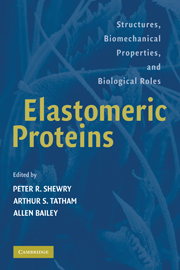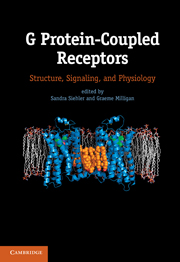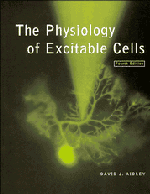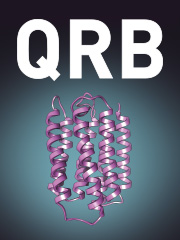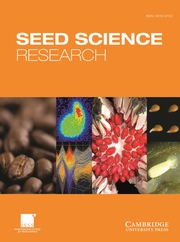Elastomeric Proteins
Elastic proteins occur in a wide range of biological systems where they have evolved to fulfill precise biological roles. The best known include proteins in vertebrate muscles and connective tissues, such as titin, elastin, fibrillin and spider silks. Interest in elastomeric proteins is currently high for several reasons. Firstly, they have biological and medical significance, particularly in human disease. Secondly, the unusual properties of proteins such as spider silks provide opportunities to develop novel materials. Thirdly, the development of scanning probe microscopy makes it possible to study structures and biomechanical properties of these proteins at the single molecule level.
- Covers the whole range of elastic proteins
- Covers biological, biochemical and biophysical properties
- Discusses comparative properties and opportunities for exploitation in biomedicine and biomaterials
Product details
February 2010Paperback
9780521128483
416 pages
229 × 152 × 22 mm
0.56kg
Available
Table of Contents
- 1. The biology of elastic tissues R. McNeil Alexander
- 2. Elastic proteins: biological roles and mechanical properties J. Gosline
- 3. Elastin: a representative ideal protein elastomer D. W. Urry
- 4. Elastin as a self-organising biomaterial F. W. Keeley
- 5. Fibrillin: from microfibril assembly to biomechanical function C. M. Kielty
- 6. Biology of spider silks F. Vollrath
- 7. Sequences, structures and properties of spider silks R. Lewis
- 8. Structure and function of resilin Svend Olav Anderson
- 9. A marine bioelastomer: mussel byssus J. H. Waite
- 10. Gluten, the elastomeric protein of wheat seeds P. R. Shwry
- 11. Spectrin elasticity in red bllod cells G. H. Thomas and D. E. Discher
- 12. Viscoelastic properties of collagen P. Fratzl
- 13. Role of titin in vertebrate striated muscle J. Trinick
- 14. Biological liquid crystal elastomers D. P. Knight and F. Vollrath
- 15. Restraining cross-links in elastomeric proteins A. Bailey
- 16. Comparative structures and properties of elastic proteins A. S. Tatham and P. R. Shewry
- 17. Mechanical applications of elastic proteins J. Vincent.

